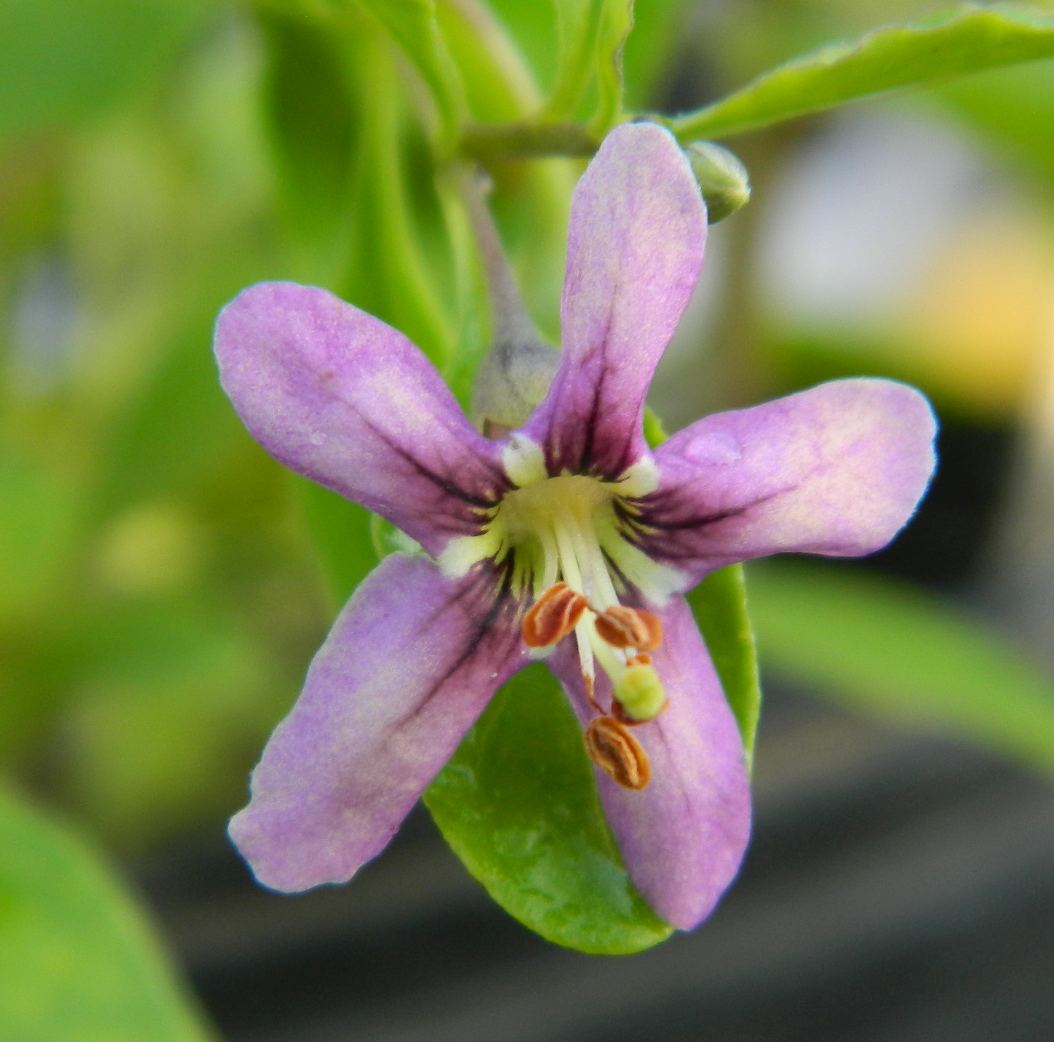
Goji blossom
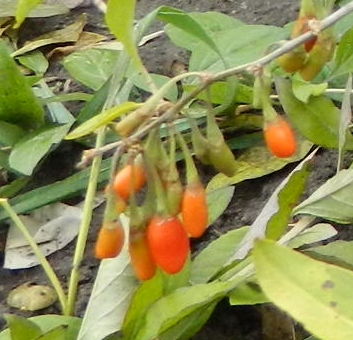
Goji berries ripening
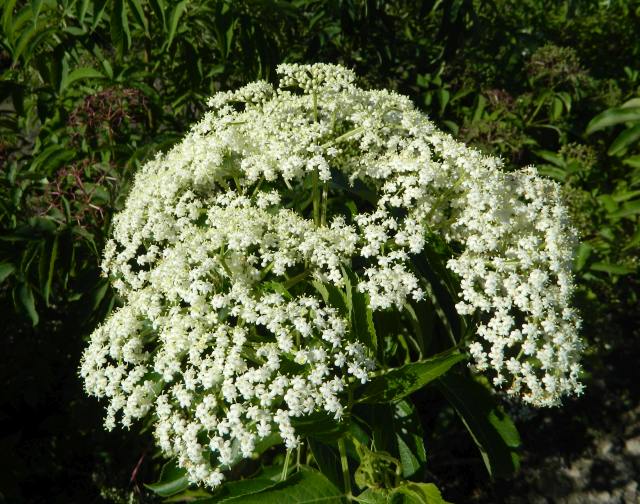
Elderberry blossoms Aug. 1, 2015
.jpg)
Elderberries Sept. 24. 2016 zone 3
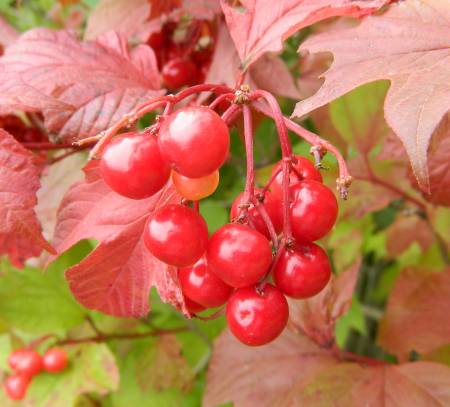
Highbush Cranberries
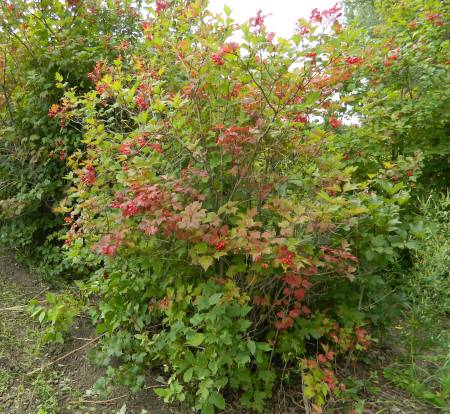
Highbush Cranberries Aug. 8 2016 zone 2
|
 |
| |
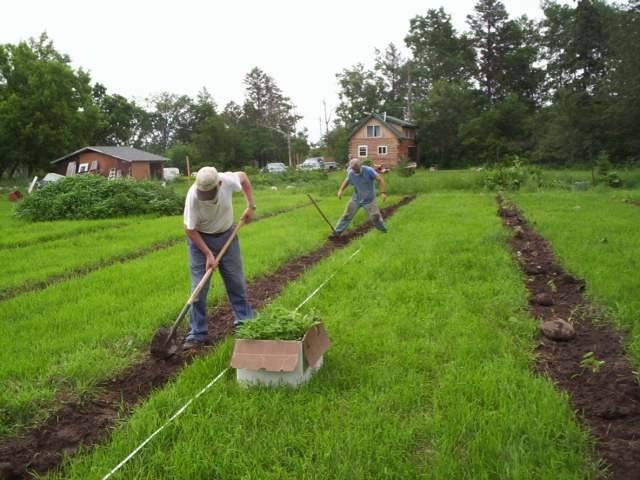 |
|
|
Goji Berry Plants
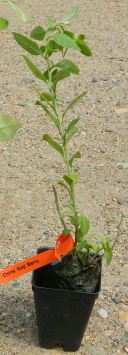 |
Lycium barbarum Goji (Wolfberry). The berries are reported to have a very high level of antioxidants, especially carotenoids, and can help the body adjust to stress and change.
Coming from high altitudes, the plant is hardy, easy to grow and maintain, and drought tolerant once established. Keep new plants moist until there is 6-8 inches of new growth. Then reduce watering, more for sandy soil, less often for heavy soil. Goji plants need well-drained soil with a pH of 6.8 or higher, and to be safe, should not be fertilized. Extra nitrogen may even kill them.
Like most fruit plants, they prefer full sun. Plants are large shrubs that can grow 7-10 ft tall. May want to trellis/support the long floppy stems or pruning the tips after a couple feet of growth will keep the plant shorter and thicker and produce more flowers and fruit. The numerous trumpet-shaped flowers seen in early summer develop into bright red berries by late summer. Flowering and fruiting will continue until the first heavy frost. Plants flower the year after planting with maximum fruit production in the 4th or 5th year.
USDA zone 3-10 but top branches may winterkill during severe zone 3 winters and regrow in the spring.
Plant shipped may be just a bare root - looks dead but very viable!
Plant Abundance 7 Growing Tips Video
DIY Home Growing Tips Video
Goji in northern Minnesota videos: Fall Spring
Growing notes
Planting Tips video, MISA info, Wikipedia
Note that we haven't had the greatest success getting much fruit off goji in our zone/conditions but neighbors have had great sucess! It's more of a novelty bush for us. It is common to eat the leaves in soup in Asia.
Goji and Chia fruit thins Frontier Co-op
Phoenix Tears Goji originated in Utah, likely first planted by Chinese railroad workers. Orange berries.
|
Elderberry Plants
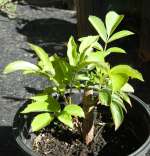 |
Sambucus canadensis American Elderberry, grows 10-12 ft. tall and produces abundant dark purple berries in the fall. Our varieties (Adam II, Bob Gordon, Ranch, Wyldewood) were selected for their large berries and abundant yields. Yields are improved when two or more varieties are planted.
USDA zone 3-8. Note Wyldewood may experience winter die-back in zone 3 and regrow.
UVM production manual
* Cornell Univ info * Missouri Extension * Elderberry Possibilities U Missouri Extension * Notes on Pruning Methods * Fotos * Toxicity info, * Survey of benefits * de-stemming
Elderberry presentation with handouts and class notes
Free History of Elderberry Course from growelderberries.com plus Courses for Commercial Growers
Disease/Pest Management U Missouri
*
Recipe Gallery ***
Bioactive Compounds from Elderberry: Extraction, Health Benefits, and Food Applications MPDI 2022
A One-Week Elderberry Juice Intervention Augments the Fecal Microbiota 2024
Regarding Adams I and Adams II: they were both "discovered" at the same time by William Adams (hence the name) in 1915 and released in 1926. Adams II has smaller berries but they are more productive than Adams I. Adams I had greenish stems and Adams II has reddish stems. Growers in the Midwest usually chose Adams II because they are more productive and were the one that performed better in the research trials in the midwest.
Bob Gordon has large berries and high yield with later, unevening ripening, Adams II has medium sized berries and high yield with early, uneven ripening, Wyldewood is a smaller berry with sweeter taste, and early ripening Ranch is a general all-around good bush with even ripening. See videos Oklohoma Gardening and Blue Fox Farm, Missouri
1-2' plants are pruned to about 20" tall
Adams II
Bob Gordon
Ranch
Wyldewood
European elderberry - Sambucus nigra subsp. nigra
Marge
- vigorous bush with large berries, a European selection that does grow well in the Midwest (most don't)
- as with most European genotypes, 'Marge' does not fruit on first-year wood, so be patient, but it is worth the wait as future yields outperform the North American varieties.
- In Missouri, "'Marge' achieved budbreak later, flowered earlier, suffered less Eriophyid mite damage, was taller, produced larger berries, and yielded significantly greater amounts of fruit compared with all eight American elderberry genotypes in the study... Fruit harvest occurred at about the same time as most American genotypes." ref:
NIH article 2015
- USDA 3-8 (but trialing in zone 3 to see if it ripens before first frost)
|
Aronia
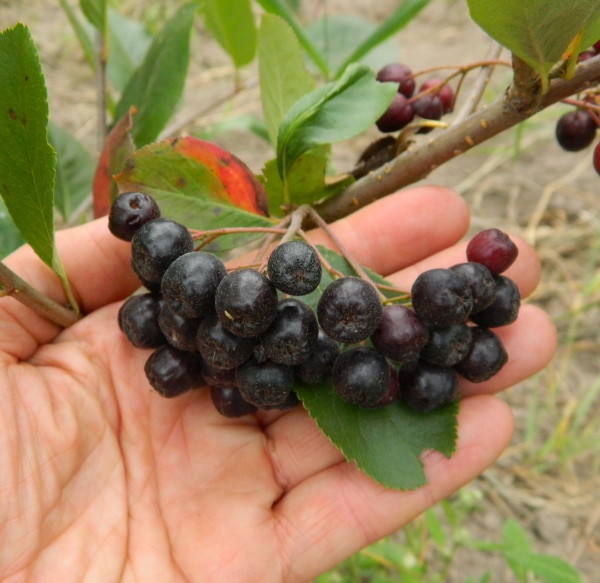
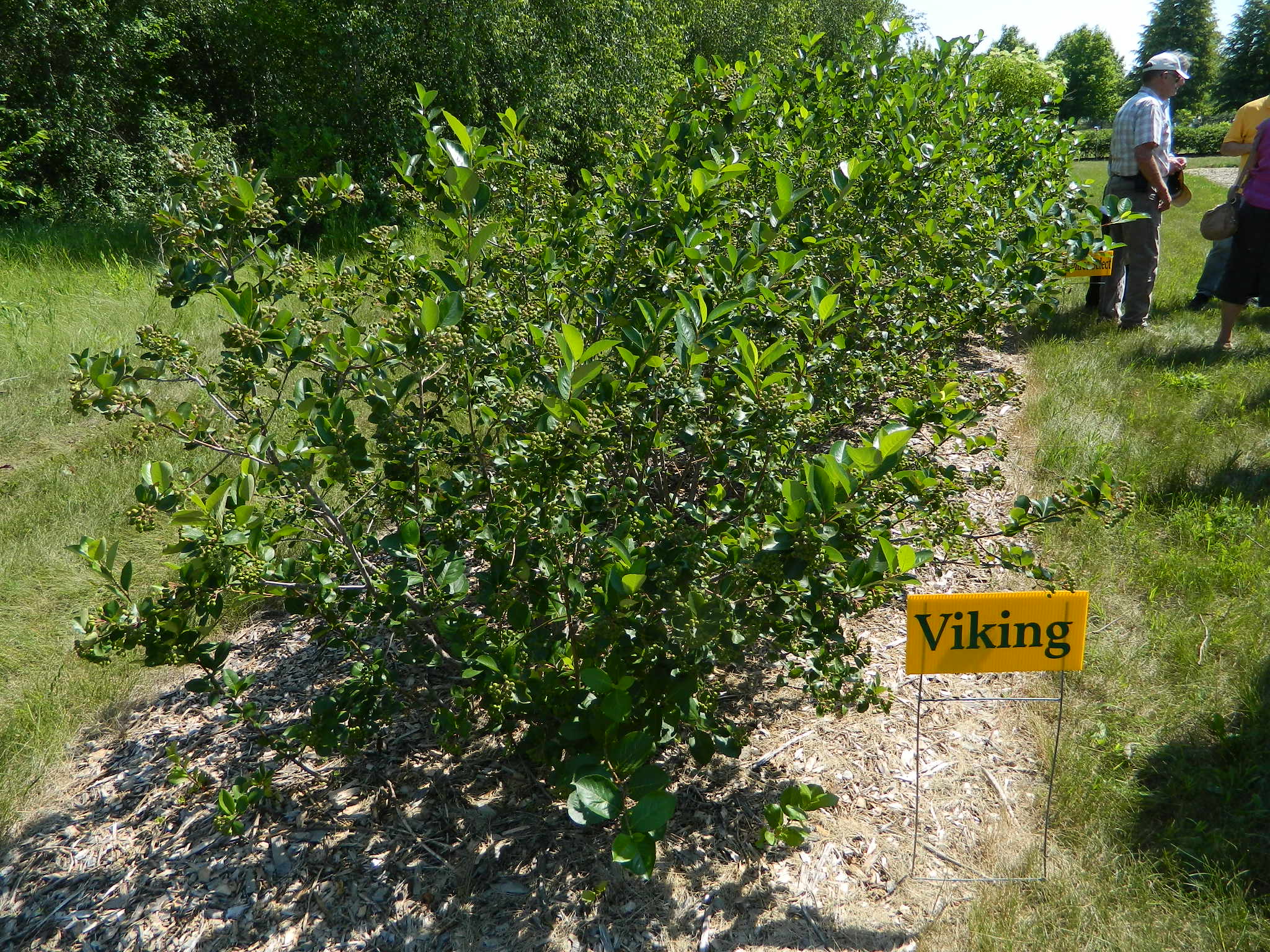
Recipes:
SweetAireFarm
"Glam Jam"
Omaha Wine
Oatmeal cookies
|
Aronia melanocarpa Viking Aronia, grows 8 ft. tall and produces abundant dark purple berries in the fall. White blossoms adorn the glossy green leaves in the spring. Foliage turns brilliant red in the fall. Berries are very high in anti-oxidants. Zones 3-7 but exposed branches susceptible to winterkill in zone 3. Viking needs 800 chill hours, so probably wouldn't bear fruit in zone 8 (how-far-south-can-aronia-be-grown).
A dry, meaty berry that ripens in the fall, it freezes/processes very nicely. Delicious alone (for those who have acquired the taste!), or make a jazzy jam with fresh Ginger, Lime zest and juice, Aronia, and Maple syrup. More recipes & general info at superberries.com
Note that this berry has a flavor that tastes great in smoothies with dairy products that dissipates the astringency that is similar to chokecherries. Aronia has edible seeds and a tough skin that softens with cooking. In addition to the great health benefits, this berry is the easiest to harvest of all our fruit. Bushes can yield 10-30 lbs and the firm berries do not spoil on the bushes. You can leave them on until late fall. Then the clumps of berries are very easy to pick.
More Info:
Montana State video 2021
Iowa State, Cornell, UMaine, Minnesota MISA
Harvard Arboretum.
Health article 2015
Earth 2025
McKenzie Aronia - grows to 10+' tall, best selection for shelterbelt as taller and bushier than Viking with slightly larger berries that taste very similar to Viking. Originated at USDA plant breeding program in North Dakota (first planting 1976, released 2008)
|
Kiwi Vines
Growing Hardy Kiwi Vines with Iago Hale 2022 U New Hampshire, www.noreastkiwiberries.com
How to grow kiwi: Oregon State,
U of Minn
How to Fertilize kiwis - gardeningknowhow.com
Pruning Kiwi with my cat Lee Reich
Spotlight The Fruit Nut
How to Prune Kiwi Vines in Summer Michael McConkey, Edible Landscaping
Pruning Kiwi growing up a chain link fence and T trellis - Video in English from Clematis company in Poland
Pruning Kiwi growing up a brick wall - Video from Rustica magazine, France
Pruning Kiwi growing along a low 2 wire trellis - Video from Jardiner Malin
Building a trellis Oklahoma Gardening
GBS-Based Deconvolution of the Surviving North American Collection of Cold-Hardy Kiwifruit (Actinidia spp.) Germplasm 1/26/2017
Buy fresh kiwi berries at Kiwi Organics Farm, Danville, PA.
Male/Female flowers Te Ara New Zealand
PLANTING: 10-20' apart, need trellising (see various examples in links)
U Oregon online course $50
NOTE: Leaves are not tolerant of frost. Vines will likely rebound and send out new leaves. More info
To avoid problems with birds and SWD, pick when kiwi berries reach 8 Brix and bring them inside to ripen (5-7 days). Can also store in cold storage for up to six weeks, then take them out to ripen.
Prune males severely right after blooming in May, females after they go dormant in late winter.
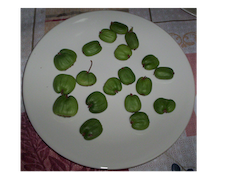 Various unnamed kiwiberries Various unnamed kiwiberries
U Minn Video
 Red Beauty blossom
Red Beauty blossom
(female kolomikta with
multi-branched pistil)
 Red Beauty berries
Red Beauty berries
|
Actinidia arguta
Ananasnaja hardy to -35F
Geneva female hardy to -25F, USDA zones 4-9, medium sized tasty berries, use Meader male for each 5 female. Ripens 10 days before Ana. Grows at Chicago Botanical Garden
Meader male kiwi companion for Ana & Geneva females
Actinidia kolomikta Red Beauty - female. Use one "Arctic Beauty" as the male pollinator per up to five female "Red Beauty". Other kiwi male varieties may bloom too late to pollinate Red Beauty.
USDA zone 3-9. NOTE: Leaves are not tolerant of frost but vines will likely rebound and send out new leaves.
Actinidia kolomikta Arctic Beauty - male. Use one "Arctic Beauty" as the male pollinator per up to five female "Red Beauties". Other kiwi male varieties may bloom too late to pollinate Red Beauty.
USDA zone 3-9.
|
Trader Mulberry
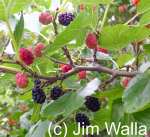
 |
Morus alba (Russian) USDA zones 3-7
"Morus alba (latin for white) buds are reddish-brown, but with a narrow strip of white along the bud scales. The normal berry color of each species is black (very dark purple), and there are genetic variations of each species that result in red, pink, lavender, and white berries." (Tree Doctor Jim Walla)
The original Trader Mulberry tree brought from Germany more than a century ago by Bill Trader is still alive and doing well on the family farm in Oriska, North Dakota. It is now about 35' tall and almost as wide. Resistant to disease and insects, even the spotted wing drosophila, or the common fruit fly that will ruin other fruits in the ripening stage. It is a fairly care-free, no-worry tree if it gets off to a good start. Mulching and adequate watering is helpful. In North Dakota, the fruits ripen over the months of July to early September. It is a fast-growing tree. A 2-year-old will bear fruit in just 3 years.
Great for fresh eating, desserts, drinks (wine, fruit juice, tea), dehydrated, processed (jam) or freeze for later use. The black berries are 1.5" long, juicy, and tart like a wild blackberry with a distinctive aroma. Many Health Benefits (organicfacts.net)
Tree Doctor Jim Walla says: A type that was formerly known as a Russian white mulberry, the hardiest of the mulberries, before all the varieties were lumped into the single group called white mulberry (based on bud color, not berry color). Trees from me have been planted as far north as Hallock, MN and Lake Metigoshe, ND, and those are growing well and producing berries, so I consider Trader mulberry to be cold-hardy into zone 3a if "grown hard" (No fertilizer and no pruning first 3 years). The original tree has grown in rural southeastern North Dakota since about 1892, so has survived many extremes of temperature and moisture... Trader Mulberry is self-fruitful, with no viable seeds (It is not known if viable seeds would be produced if there are male mulberry trees in the vicinity). Berries are similar in appearance to blackberries, dark purple, juicy, and have a great mulberry flavor.
Planting: Avoid sites where water stands after a rain. Plant in sites with 6 hours or more of sunshine per day for optimum fruit production. If planting in clay soils, make a mound about 6 inches high and 4 feet in diameter, and plant the tree in the mound. In sand, planting so the plant is in a slight depression is best. Plant in a site or manage it so the tree is protected from rabbits and deer. Water immediately after planting. Soil amendments, especially fertilizer, can be harmful to the tree, especially when young.
Care: Grow the plant "hard" for the first 2 or 3 years. No fertilizer and no pruning. Otherwise the trees can grow so fast that the stem and branches flop to the ground, and fruiting will be much delayed. After about the third year, start pruning from the bottom, removing branches up to about 20% of the height each year until the lowest branches are the height you want. Staking or other support is often needed the first few years. Mulberry trees leaf out late in the spring, so be patient waiting to see how it came through the winter. The tree can be grown with multiple stems or with a single stem. If you plan to let the tree get more than about 20 feet tall, it would be best to manage for a single trunk. The original tree is a little more than 35 feet tall and 30 feet wide in moderate growing conditions. If a smaller size is desired, it could be pruned to just about any form you might want, but smaller sizes will necessitate more frequent and extensive pruning. Fruit will get bigger as tree ages and on more vigorous trees.
|
Nangoonberry (Arctic Raspberry) Plants
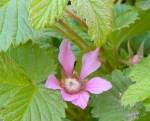 |
Rubus arcticus L. subsp. x stellarcticus Arctic Raspberry (also known as nangoonberry) is prized for its attractive flowers and abundant, flavorful diminutive red fruit on thornless stems. Spreading by rhizomes, they are great for a ground cover in flower beds, the plants grow to a mature height of five inches tall.
USDA zone 1-7.
Two companion varieties are included in each order for maximum pollination. Please note just like wild strawberries, the fruit is very small. Gardening Know How Tips says they like full sun. Also see: Alutiiq Museum info.
Two 2.5" clumps in each 2-pack
|
Pequot Lakes Brambles
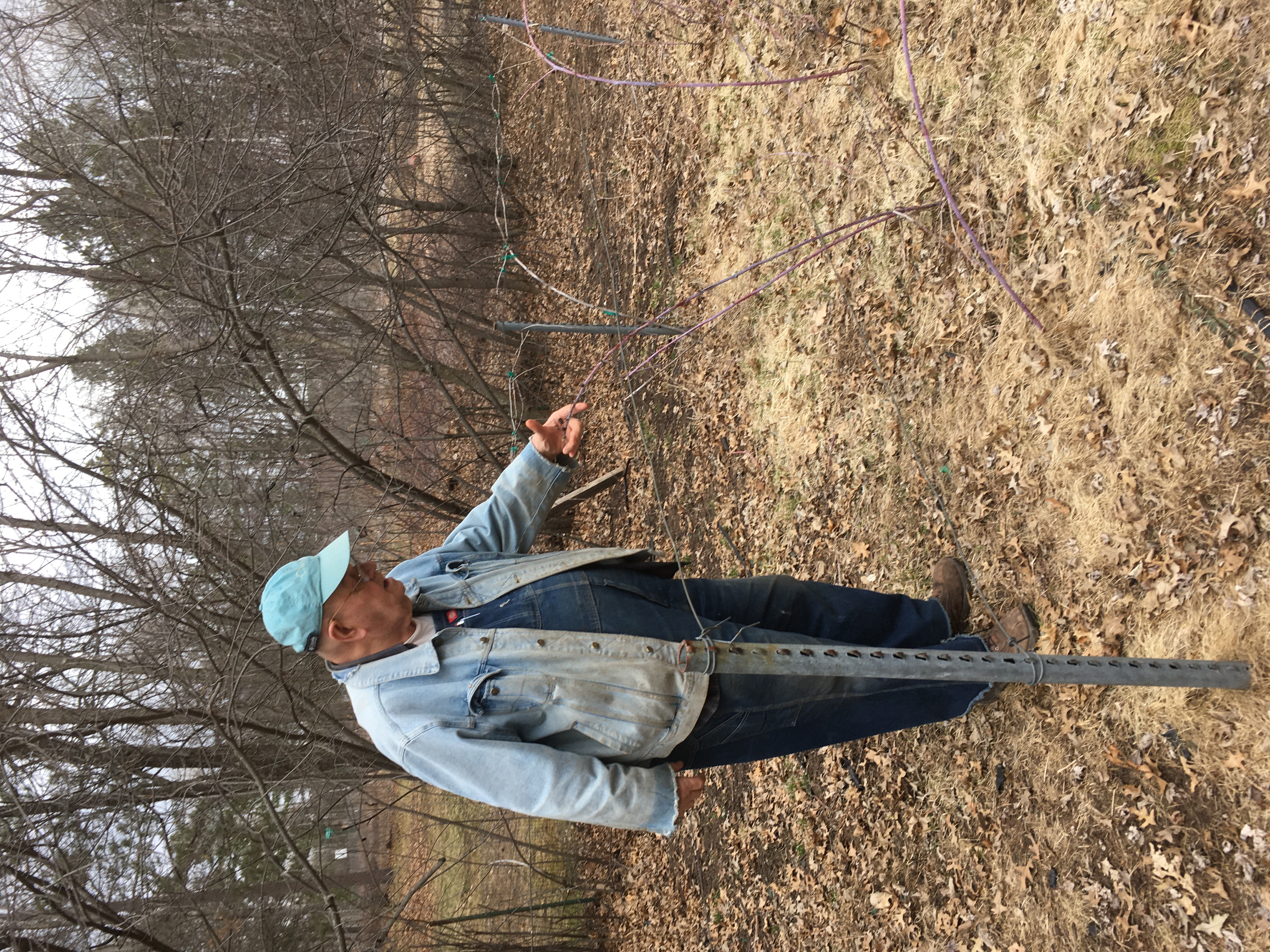
More info: Resilient Living Video :
with Jim Fruth at Brambleberry
Farm, Pequot Lakes, MN
|
|
Pequot Lakes Black Raspberry - From northern Minnesota, but grows great in zone 2, Alaska down to zone 6! Very intense flavor, a favorite for preserves! The canes resemble blackberry canes, 10' long with rugged pricklies, but not as bad as blackberries. Best plant at least 3' apart and trellis these vigorous plants. Best in full sun but shade tolerant. A grower in Wisconsin says "I have wild black raspberries in the same land mass as the Pequots. While the wild ones are super, the Pequots seem to be even better flavored and a little larger."
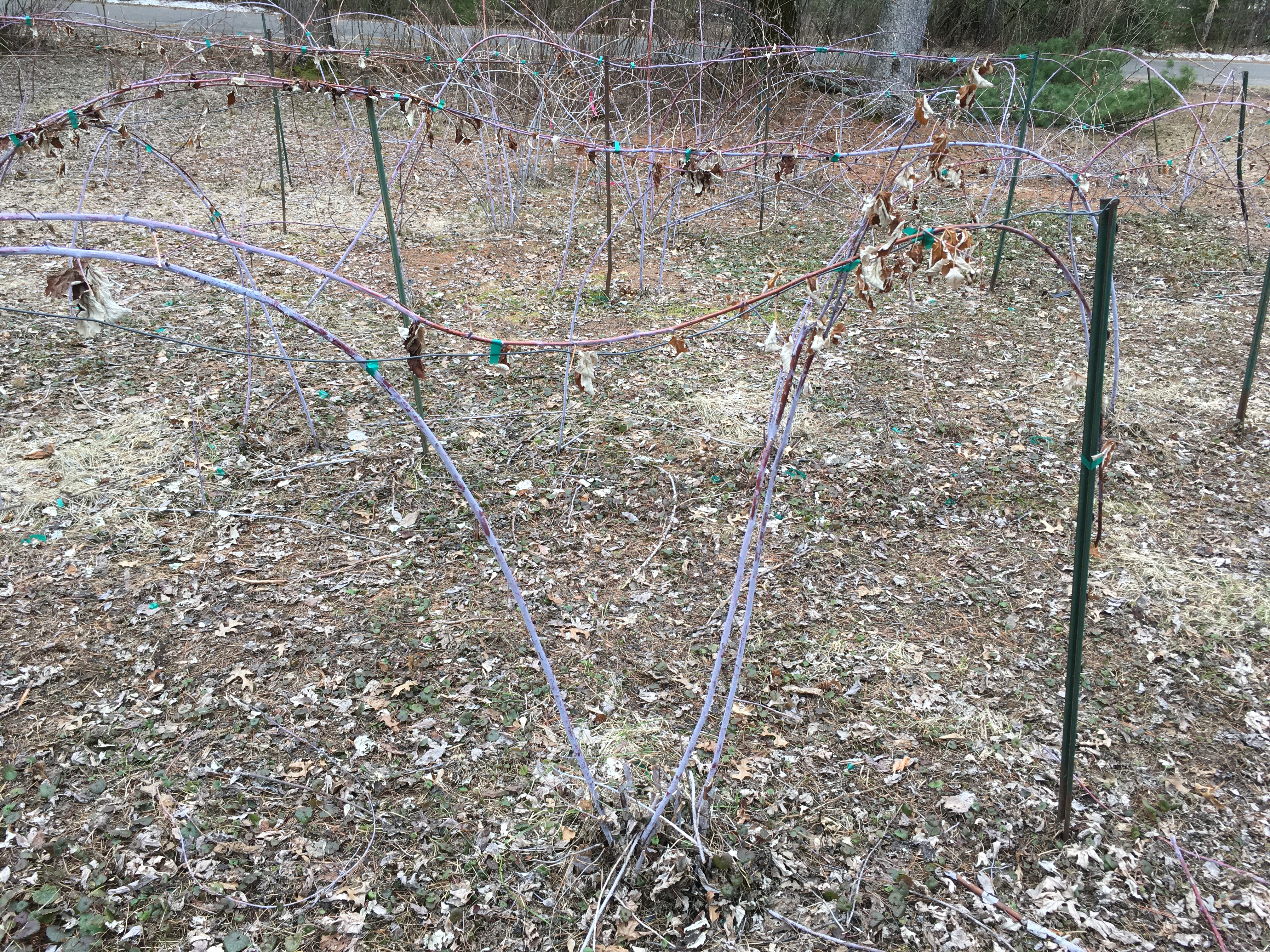
Pequot black raspberry needs trellising
|
Highbush Cranberry
 |
Viburnum opulus var. americana Highbush cranberry produces small white flowers which turns into bright red fruit, suitable for processing into jams and jellies. The bushes grow to a mature height of fifteen feet tall. Member of the Caprilfoliaceae (honeysuckle) family.
Self pollinating.
USDA zone 2-7.
Minnesota Seasons
Minnesota Wildflowers
U Maine info
|
Nannyberry
|
|
Viburnum lentagoa Nannyberry produces small white flowers which turns into a fleshy dark blue fruit, suitable for processing into jams and jellies. The bushes grow to a mature height of ten to fifteen feet tall. A Viburnum.
Self pollinating.
USDA zone 2-7.
Minnesota Seasons
Minnesota Wildflowers
Wikipedia
Yes they're edible! Recipes here: Foragerchef
|
Growing Fruit in Northern Gardens
 |
Growing Fruit in Northern Gardens "is a comprehensive full-colour handbook for growing fruit in cold climates that is aimed at the home gardener. Includes a detailed map and reference guide to zones, hardiness, planting time, and best practices to ensure growth and survival. From pincherries to haskaps, tree fruits to vine fruits, and everything in between, renowned horticulturists Bob Bors and Sara Williams delve into the science of growing and maintaining fruit plants for northern gardeners." Call the University of Saskatchewan bookstore - 306-966-2904 - to place your order. Price: $39.99 + approx $21.95 shipping Canadian funds
|
Cooking with Wild Berries & Fruits
Cookbook
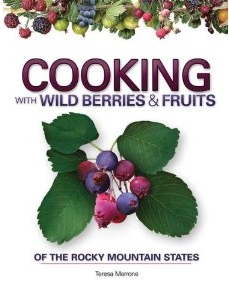 |
The first North American cookbook to include Sweetberry Honeysuckle!
(a.k.a. honeyberry/haskap Lonicera caerulia L.) The picture on the cover is of a Utah serviceberry. Too many other delicious wild berries and fruits to mention here are included in this attractive, easy to follow, spiral bound collection of recipes.
For more great books by author Teresa Marrone check out books such as Common Backyard Weeds of the Upper Midwest.
|
Other favorites
 Spearhead Spades We really like the efficient design of the head and they come with a super sturdy, lightweight, long or short handle
One Scythe Revolution - One good scythe per farm, could revolutionize small-scale farming
Bug Bane - Mary's special mixture of essential oils keep those pests away while softening your skin.
[ First ]
[ Prev ]
[ Next ]
[ Last ]
|
 |
 |
 |
|









.jpg)











